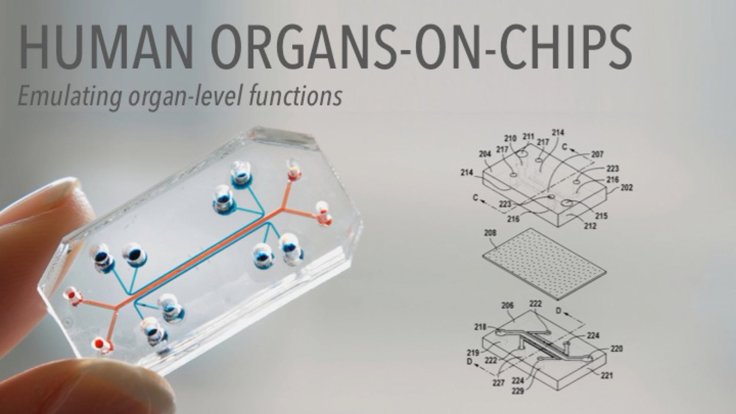Scientists have now turned to the organ-on-a-chip model to understand how COVID-19 ravages through a person's body, the study in the future will help them develop vaccines and antiviral.
And to do this, an army of scientists from universities, hospitals and the National Research Council of Canada (NRC) at the Centre for Research and Application in Fluidic Technologies, or CRAFT (a collaborative center between the University of Toronto and the NRC), are working together to create minuscule models of the nose, mouth, eyes, and lungs.
In simple words, an organ-on-a-chip is a multi-channel 3D microfluidic cell culture chip that simulates the activities, mechanics, and physiological response of entire organs and organ systems, a type of artificial organ.

Why organ-on-a-chip is so effective?
According to Milica Radisic, a professor in U of T's Faculty of Applied Science & Engineering, who is working with Axel Guenther and Edmond Young to create tiny models of the nose, mouth, eyes, and lungs to better understand how COVID-19 infects organs: "This method allows us to study the problem without having to touch a human and potentially harm someone."
"That's the beauty of it. We can do our research early in the viral infection. You can't do that with a human, because once you know you have COVID-19, you've been infected for two weeks. With organ-on-a-chip, we can study what happens within 24 hours of COVID-19 entering the body," Radisic, who is also Canada Research Chair in Functional Cardiovascular Tissue Engineering.
What are scientists trying to study?
The first part of the study will focus on developing an artificial nose, mouth, eyes, and lungs. At the same time, researchers will also work on understanding how COVID19 is able to effectively break through the body's immunity system.
"Normally, these epithelial barriers do a good job of helping us fight infections," said Radisic, who is a professor in the department of chemical engineering and applied chemistry in the Faculty of Applied Science & Engineering. "But this virus has found a way to invade the barriers. That's our focus – why is this?" she said in a paper published in the University of Toronto, according to Healthcare in Europe.
The organ-on-a-chip has had proved to be groundbreaking. Earlier last month, scientists based at Imperial College London used a liver-on-a-chip platform— to simulate a real organ's physiology and including its pathophysiology to model the interactions between human tissue and an infectious agent.









